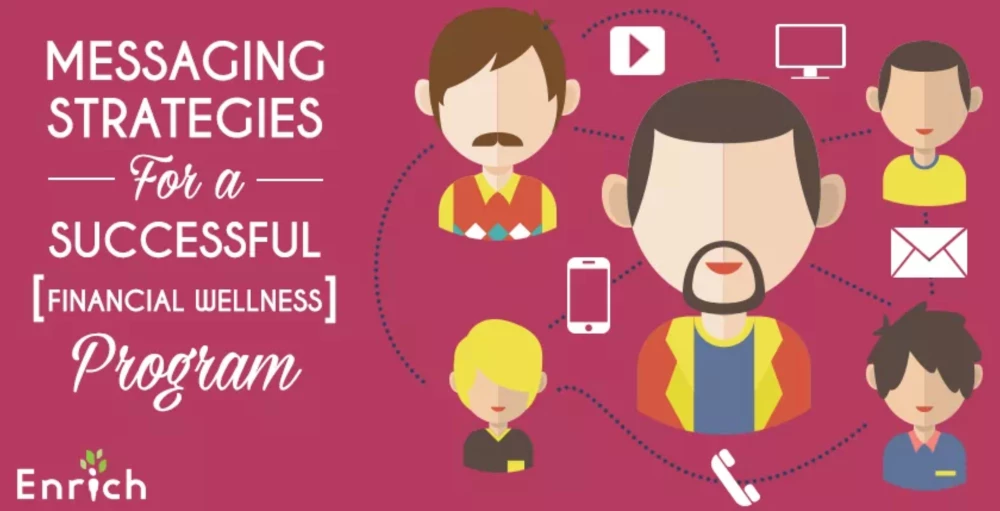Financial literacy programs are best designed with student’ goals at the core of each program. Every demographic has different interests, and different time-frames for financial goals–some students may be looking into paying rent while others are focused paying off interest on their loans.
Tailoring to specific needs can improve the overall experience, as well as give relevant information to be used immediately in the decision-making process.
3-Types of Messaging
Messaging strategies for financial literacy programs are no different. Messaging and communications can be used in different ways. Among them are informing, educating and calling to action.
Informational messages can be used to communicate progress in a course or towards a goal. They can also be used to discuss strengths and rates of completion. If sent in the form of e-mail, informational messages can present other communications such as dates of web conferences or links to relevant video lectures.
Communications can also be used as supplementary materials, reviewing or presenting concepts that are relevant to a learner’s path towards financial literacy.
Finally, your messages can serve as a call-to-action, inviting students to participate in the program or how to take advantage of specific features.
Types of Communication
When drafting a message, it is important to note the methods by which students will be receiving it. While there are certainly a number of ways to deliver information through internal communications (such as school-portal and project management tools), it is important to include at least one other form of communication to serve as a primer without coming off as spam.
Ready to bring iGrad to your school? Schedule a demo
1. E-mail
E-mail newsletters are a great way of getting information out to users. Because of their structure, it is easy to include the 3 types of messages without bogging the reader down in clutter. There are a number of web applications and services that streamline the design process and record plenty of useful information such as what percentage of receivers actually opened the e-mail, which links they clicked and how much time they spent on it.
2. Mobile
Mobile technologies are the new face of personal computing. Some studies show that Americans are spending an average of nearly 3 hours on their phones. While a significant amount of that time is spent on web-browsers, a majority of the time is spent on apps, including various social networks.
Simple text-messages go a long way as well. A number of services--from dentists to caterers to vendors--use mobile text messaging as a way to confirm appointments, automate resupplying, or give important information.
3. Web Conferencing
Many successful Financial Literacy Programs automatically enroll users at no extra cost, such as schools and companies offering programs as part of their benefits package. According to Plan Adviser, people who are already enrolled in a program are more responsive to messaging than those who are not enrolled.
Where more information is needed, and participants are desiring a more personal touch, web conferencing is an option that allows providers to talk about the details of the program and highlight important features.
A diversity of users is an opportunity to use a diversity of strategies to reach them. It is up to each school to try different mixes and see which strategies resonate most with their members. The key is to focus each messaging strategy on engagement, to promote awareness and understanding which can ultimately lead to action.
1- 86% according to one study http://www.geekwire.com/2014/flurry-report-mobile-phones-162-minutes/








